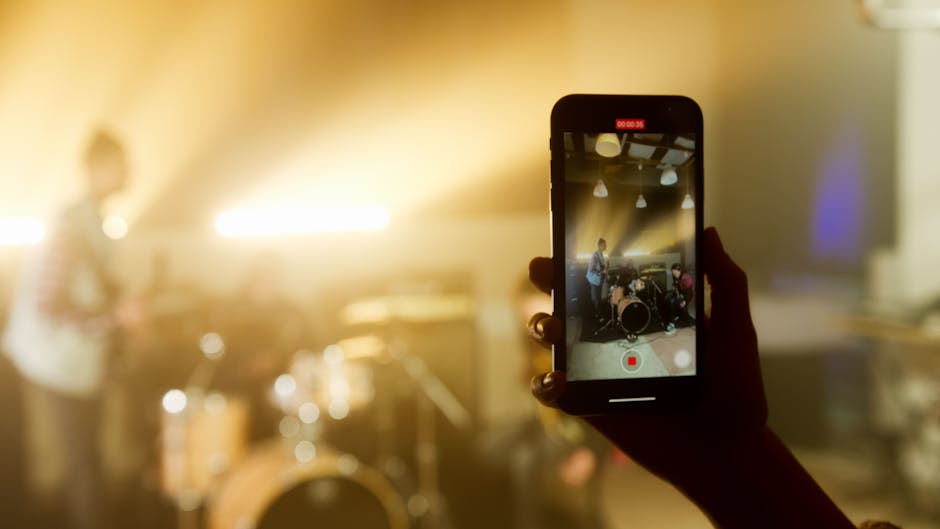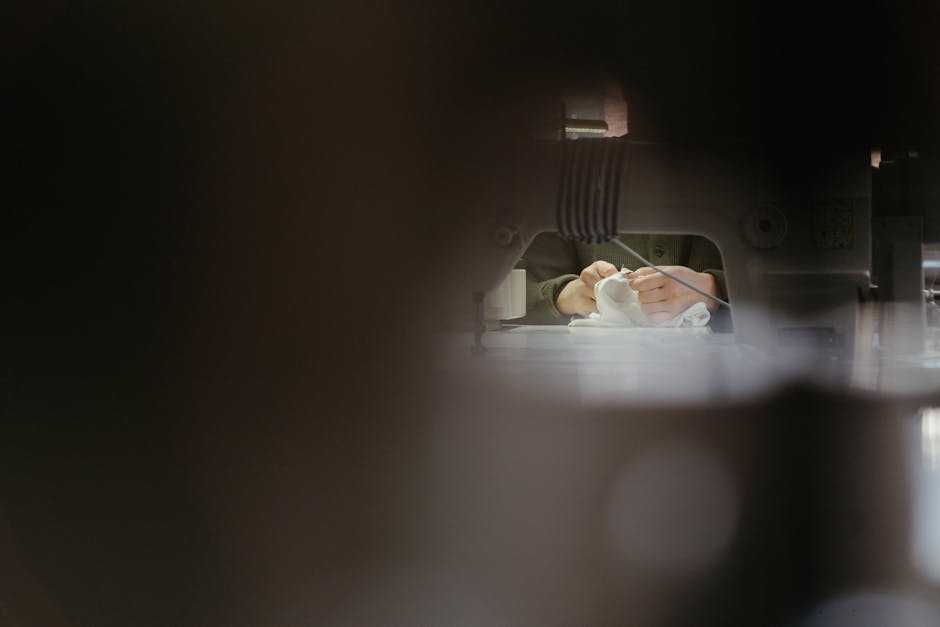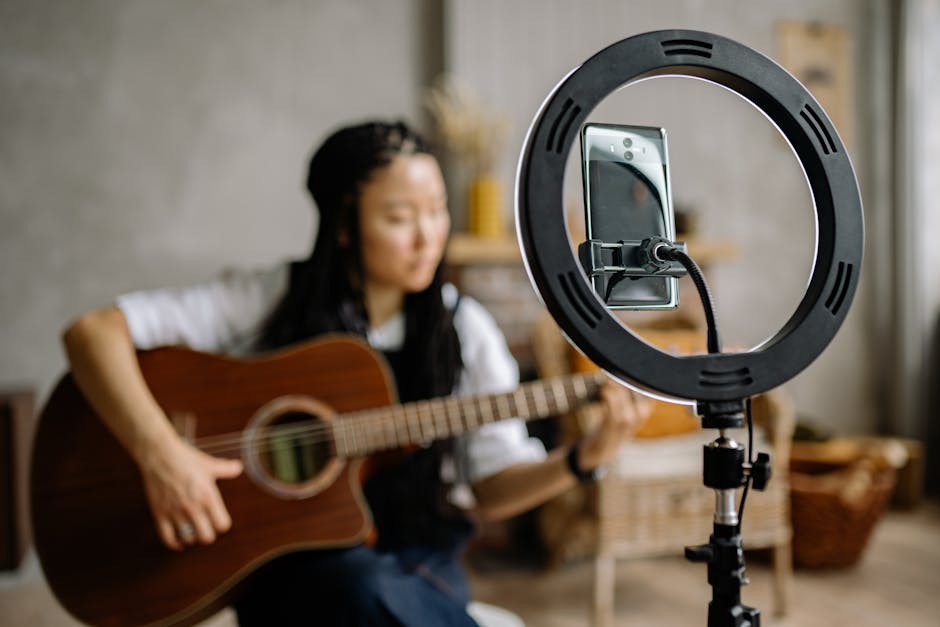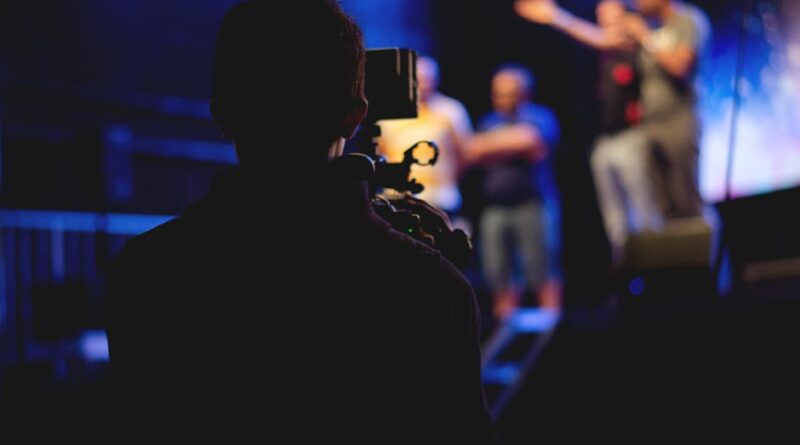How Technology is Reshaping the Arts
From the earliest cave paintings to the most avant-garde performance art pieces, the arts have always been a reflection of the society and technology of their time. As we navigate through the digital age, technology has become an integral part of the artistic landscape, transforming the way we create, consume, and interact with art. In this comprehensive exploration, we delve into the intricate relationship between technology and the arts, examining how advancements in technology are reshaping the artistic world as we know it.
The Intersection of Art and Technology

Art and technology have long been intertwined, with each influencing and inspiring the other in a continuous dance of creativity and innovation. The advent of photography, for example, revolutionized the way artists approached image-making, paving the way for new artistic movements such as Impressionism and Surrealism. Similarly, the invention of the printing press democratized art by making it more accessible to the masses.
Today, the digital revolution is ushering in a new era of artistic expression, breaking down traditional barriers and expanding the possibilities of what art can be. Artists are harnessing the power of technology to create immersive experiences, interactive installations, and digital artworks that challenge our perceptions and redefine the boundaries of creativity.
Virtual Reality and Augmented Reality in Art

Virtual reality (VR) and augmented reality (AR) are two technologies that are making a significant impact on the art world, allowing artists to create immersive experiences that transcend the physical limitations of traditional art forms. VR art installations, for example, transport viewers into virtual worlds where they can interact with the artwork in ways never before possible.
One such example is the “Infinity Room” by Japanese artist Yayoi Kusama, a mesmerizing installation that uses mirrors and lights to create the illusion of infinite space. By combining VR technology with her signature style, Kusama has redefined the gallery experience, inviting viewers to step inside her surreal universe and become active participants in the artwork.
Augmented reality, on the other hand, overlays digital elements onto the real world, blurring the line between the physical and virtual realms. Artists like Olafur Eliasson have embraced AR technology to create interactive art installations that respond to the viewer’s movements and surroundings. His piece “Reality Projector” transforms ordinary spaces into dynamic works of art, challenging our perception of reality and inviting us to see the world in a new light.
Artificial Intelligence and Machine Learning

Artificial intelligence (AI) and machine learning are revolutionizing the way artists create and collaborate, offering new tools and techniques to push the boundaries of creativity. Generative adversarial networks (GANs), for example, have been used by artists like Mario Klingemann to generate unique and unpredictable artworks that explore the intersection of man and machine.
AI is also being used to analyze and interpret large datasets of art history, helping curators and historians uncover hidden patterns and connections in the artistic canon. By leveraging machine learning algorithms, researchers can gain new insights into the evolution of artistic styles, the influence of cultural movements, and the impact of technological advancements on the arts.
3D Printing and Sculpture

3D printing technology has revolutionized the field of sculpture, enabling artists to bring their digital designs to life in a tangible and accessible format. Sculptors like Bathsheba Grossman use 3D printing to create intricate and complex geometric forms that would be impossible to achieve through traditional sculpting techniques.
One of the key advantages of 3D printing is its ability to reproduce detailed and intricate designs with precision and accuracy. Artists can experiment with different materials, textures, and scales, pushing the boundaries of what is physically possible in the realm of sculpture. As 3D printing technology continues to evolve, we can expect to see even more innovative and boundary-pushing artworks emerge from this exciting fusion of art and technology.
Digital Art and NFTs
Digital art, which exists solely in digital form, has gained traction in recent years as artists explore new mediums and platforms for creative expression. The rise of non-fungible tokens (NFTs) has revolutionized the way digital art is bought, sold, and collected, offering artists a new avenue to monetize their work and establish ownership in the digital realm.
NFTs use blockchain technology to create a unique and verifiable record of ownership for digital artworks, allowing artists to retain control over their creations and receive royalties for subsequent sales. This has opened up new possibilities for artists to reach a global audience and engage with collectors in innovative ways, challenging the traditional art market and democratizing access to art.
Music Production and Sound Design
Technology has also had a profound impact on the field of music, revolutionizing the way musicians create, produce, and distribute their work. Digital audio workstations (DAWs) have democratized music production, allowing artists to record, edit, and mix their music from the comfort of their own homes.
Advancements in sound design software have enabled musicians to experiment with new sounds, textures, and compositions, pushing the boundaries of what is possible in the realm of music. From electronic music producers to avant-garde composers, technology has provided a wealth of tools and resources to fuel creativity and innovation in the music industry.
Expert Opinions
According to renowned artist and technologist Refik Anadol, “Technology has the power to expand the boundaries of art and create new possibilities for creative expression. As artists continue to experiment and innovate with emerging technologies, we can expect to see a new wave of groundbreaking artworks that challenge our perceptions and redefine the artistic landscape.”
Common Misconceptions
One common misconception about technology in the arts is that it diminishes the role of the artist and replaces human creativity with machine-generated algorithms. In reality, technology serves as a tool and a medium for artists to explore new ideas and push the boundaries of their craft, enhancing rather than replacing the human element in art.
Comparative Analysis
When comparing traditional art forms with technologically-driven art practices, it becomes evident that both have their unique strengths and limitations. While traditional art forms like painting and sculpture have a rich history and cultural significance, technology offers infinite possibilities for experimentation and innovation, challenging artists to think beyond the confines of physical materials and dimensions.
Conclusion
As we navigate the ever-evolving landscape of art and technology, one thing remains clear: the intersection of these two realms holds endless possibilities for creativity, innovation, and exploration. From virtual reality installations to AI-generated artworks, technology is reshaping the arts in ways we could have never imagined, pushing the boundaries of what is possible and redefining our understanding of artistic expression.
To wrap things up, the fusion of art and technology represents a new frontier of creativity, inviting us to rethink our preconceived notions of what art can be and how it can impact our world. As we continue to embrace the digital age and all its wonders, we are sure to witness an exciting era of artistic innovation and transformation that will shape the future of the arts for generations to come.




